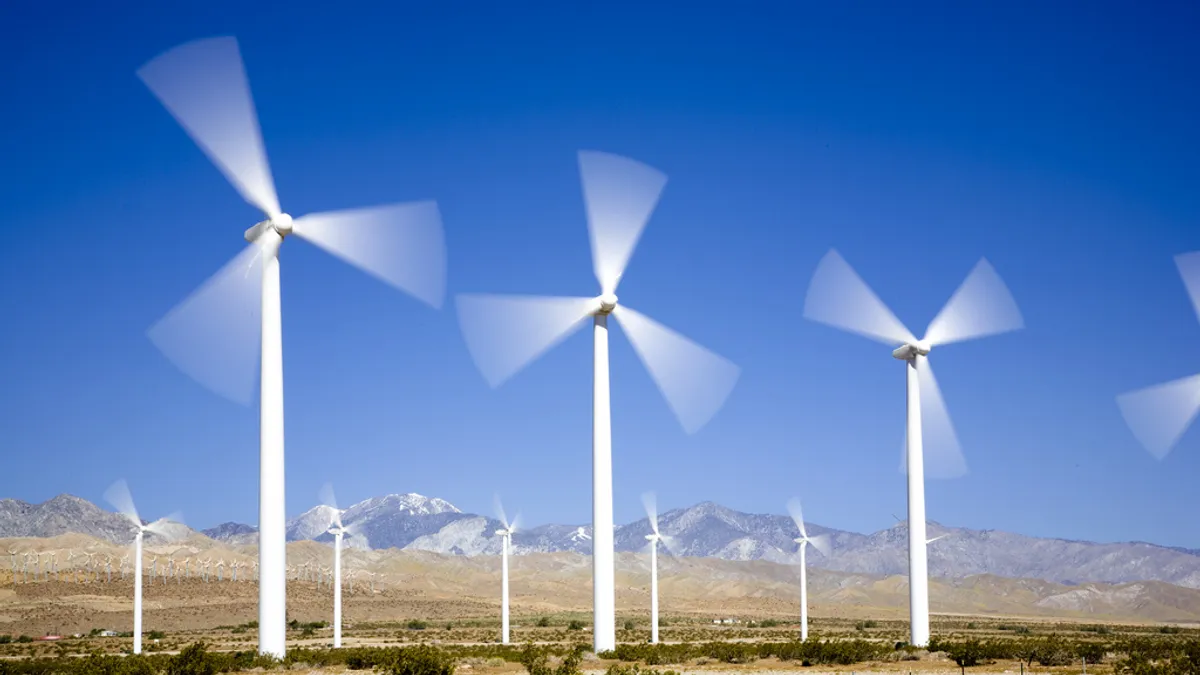Dive Brief:
-
Using advanced modelling and computing techniques the National Renewable Energy Laboratory (NREL) has found that the Eastern Interconnection could accommodate at least 30% renewables in its power mix.
-
The study says the Eastern U.S. grid could add another 400 GW of wind and solar power using existing technologies and grid management practices.
-
The study says that reaching the 30% penetration level would require coordination of grid operations that could reach as far as Montreal and New Mexico, as well as incentives for transmission and conventional generation to provide necessary ramping services.
Dive Insight:
The growing penetration of wind and solar power has raised concerns about grid stability. Among them are worries about the ability of conventional generation to quickly ramp up to meet the rise in evening demand just as solar power drops off rapidly, a phenomena that has become known as the duck curve.
The NREL study found no problem with bringing as much as 30% renewables into the populous Eastern Interconnection area, but did note that a large influx of renewable energy would require adjustments.
For one, in various scenarios the study assumes the addition of up to six high voltage direct current transmission lines, echoing calls from grid operators in New York.
The study did not take into account the cost of installing the additional renewable capacity. It also did not take into account the cost of ramping down existing thermal generation. Ramping coal- and gas-fired plants up and down more frequently makes them more expensive to operate.
In the 30% renewable scenario, as much as 30% of thermal generation might be idled.
But the study also points out that greater renewable penetration could result in fuel cost of as much as $30 billion.














